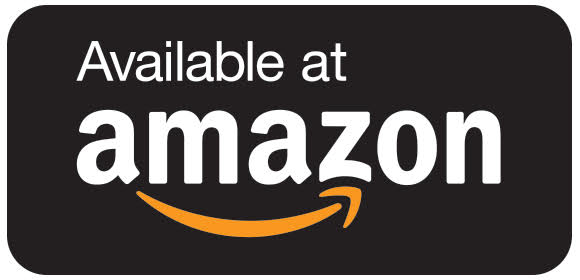What are the best hearing aids innovations in 2018?
Remember that time that you bounced up and down because you were so excited about a hearing aid feature? Or is that just me? Anyway, in the hearing aid world, we are used to hearing about the next game-changing technology, the latest innovation, the new best hearing aid ever! Sometimes, we get a little jaded with the claims, perhaps a little cynical. Then something comes along and it bowls us over. Something that we immediately know will change hearing aids forever, or for at least the next five years or so. 2018 will be a year of different technologies, features and hearing aids which I believe will change things for a few years to come. Let's take a look at the innovations in 2018 that will make a difference.
The Biggest Hearing Aid Innovations
I think the biggest hearing aid innovations for 2018 will be the following:
- Own Voice Processing by Signia
- Telecare by Signia and Resound
- Sensors in hearing aids by Starkey
- Rechargeable hearing aids which were led by Phonak
- Wider or deeper connectivity whereby Signia has shown the possibilities
- Biometric Calibration, a Phonak system
- Made For Any Phone again another Phonak system
- Cloud-based machine learning from Widex
OVP, Own Voice Processing
Signia made a huge deal of their new feature OVP or Own Voice Processing at the launch of their new Nx range of hearing aids. The feature is used to process the hearing aid user's own voice differently from everything else. In fact, they have dedicated a completely separate computer processor on the platform to facilitate that. They said at the launch that the strategy will increase the acceptance of a user's own voice dramatically.
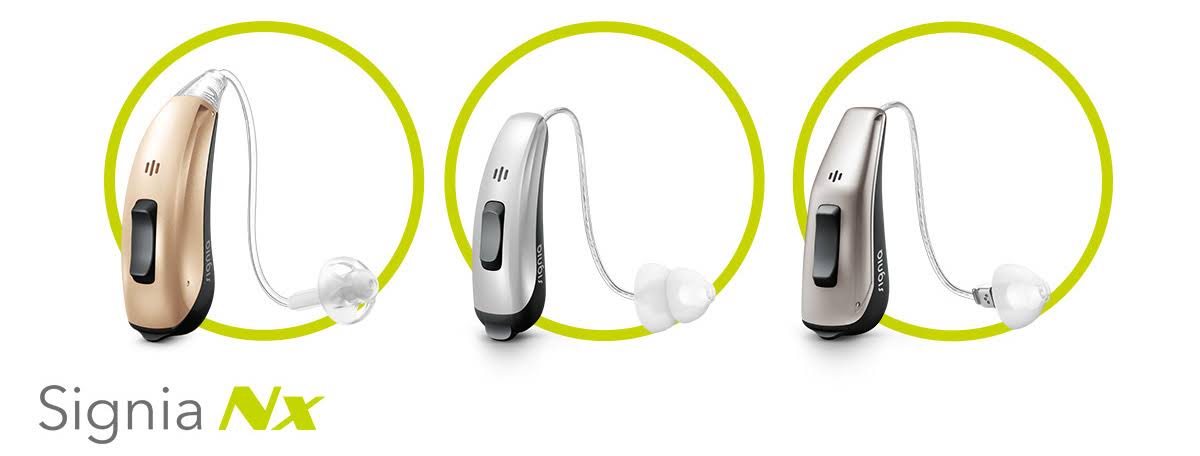
I agree wholeheartedly with that statement, the OVP feature is truly amazing. My experience with it has been nothing but jaw-dropping, and I don't say that very often. In the article Signia Pure 312 7 Nx Hearing Aids, Here is What You Need to Know, I talked in more depth about the own voice processing feature and why it might be of interest to you. The pertinent statement here though is:
When I was fitted with the Nx I was fitted with closed domes, I thought this isn't going to work as I heard my voice explode in my head. Then, we went through the own voice training protocol (count from twenty-one until it is happy it knows your voice). The feature was turned on, and no more occlusion, just like that. I was a bit speechless (that doesn't happen very often). By no more occlusion I mean no more auditory occlusion, I wasn't caused any difficulty by my own voice.
What Difference Will This Make?
For new users of hearing aids the sound quality of their own voice can be off-putting, but it is usually something that they get used to. However, with this new .feature they won't have to, in essence, problems with their own voice will be eliminated. This will mean that hearing aid users who traditionally would have to be fitted with open domes, can now be fitted with closed domes without causing auditory occlusion.
Closed Fittings are a Hearing Aid Manufacturer's Dream
A closed fitting is, in fact, a hearing aid brand's dream, it means that the full features and strategies they have designed can come into full effect to process the sound for a user. I mean they spend a huge amount of treasure and man-hours designing fantastic features to process sound. Then, we hobble them to a certain extent by using open fit tips which allow natural unprocessed sound in. Closing the ear canal will mean the end of that, with this new technology, for the first time, we will be able to close the canal in many Patients.
No matter what, I think OVP is going to change everything moving forward. I would expect to see this concept adopted across all of the hearing aid brands over the next few years.
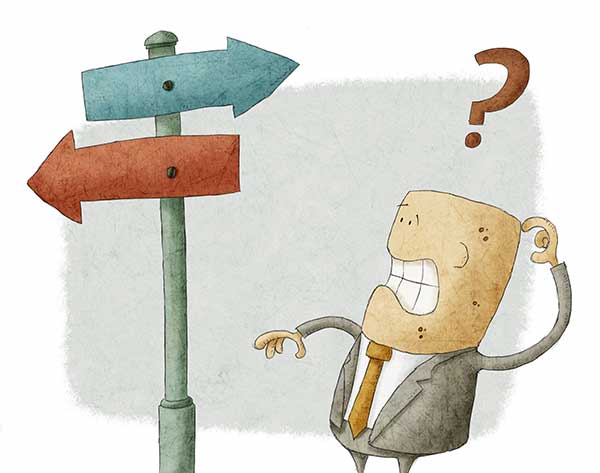
Confused About The Right Hearing Aid For You?
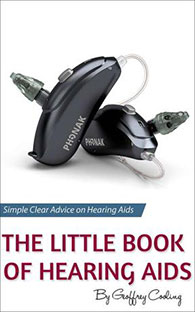
Our buying guide, easing the confusion with clear easy to understand info, we guarantee it will help you pick the right hearing aid for you.
Real-Time Telecare
Signia was the first hearing aid brand to offer Telecare, but, it was a limited fine-tuning option. Resound quickly followed with the launch of the LiNX 3D and their Remote Assist which had far more functionality and delivered the ability to the professional to make complete changes to the settings of the hearing aids and to send those changes to the devices via an app.
Signia though quickly expanded their fine-tuning option and added video calling to the system. Which gave the user the ability to directly contact their professional through secure video calling. In Signia's latest update, they have enabled full live remote tuning with video support which is a pretty huge breakthrough. Phonak have of course upped the game again with the introduction of their new Marvel hearing aids. The remote care system that has been introduced by Phonak is a really strong affair with video calling and full fine tuning.
What Difference Will This Make?
Simply put, it changes everything about how the professional and the user interact. It has the possibility to change the business model of provision of hearing aids forever. It gives complete freedom to hearing aid users to decide how they want to be looked after. It also offers professionals an opportunity to change how they work and what they offer.
The new service means that you can set-up a video call with your hearing professional and explain the issue you are having in the situation you are having it in. While you are connected, your hearing professional can tweak your hearing aid’s settings live and you can quickly assess if they are better.
It is early days for Telecare and some hearing healthcare professionals are a little non-plussed about it. Many within the profession are still trying to get their heads around it and how they will use the service. However, I expect it to slowly come to the wider attention of users and I believe that they will demand it. I think that no matter what, real-time telecare is going to change everything. Starkey has just announced that they are introducing telecare to their hearing aids and I believe that every hearing aid brand will do so over the next five years.
Sensors in Hearing Aids
In the article "Starkey Announces Hearing Aids of The Future at Starkey Expo" I spoke about the announcement of new hearing aids by Starkey. They announced that they would introduce hearing aids this year that would have onboard inertial sensors that would be used to track activity and detect falls. Not just that, they also said that when and if a fall occurs, the hearing aids would report it. At the time I made the comment, "About Damn Time!"
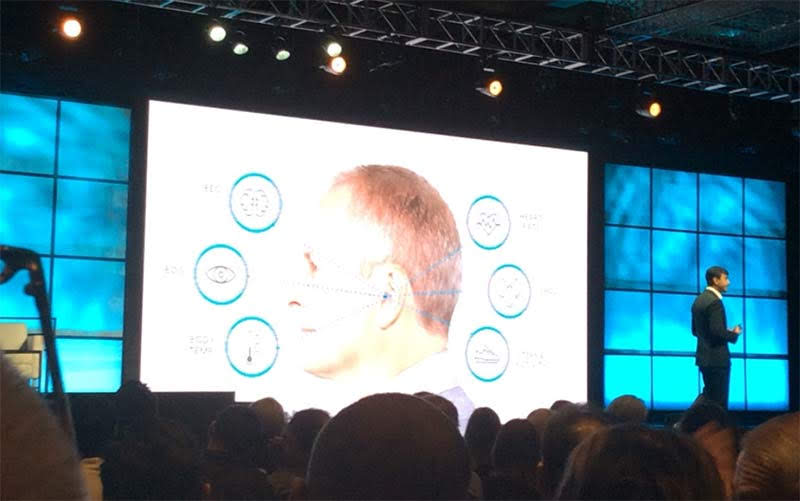
What Difference Will This Make?
Who knows? I am not trying to be funny, the changes in use case and functionality are endless. They are only limited by the imagination of the research and design guys. I wrote an article recently on Linkedin which was basically a daydream about the future of hearing aids. Introducing sensor sets to hearing aids is just the first step towards that dreamed future. Let's take a look at it:
"A busy day ahead, hit the floor of the bedroom running as you do. Put my hearing aids on and IFTT told my coffee machine to wake up and turn on the radio.
Bob Gave Me My Day
I call him Bob, don't know why, but hey, you got to call him something right? Bob, the virtual assistant in my hearing aids gave me a rundown of my day, first appointment in Dublin 15 at 09:30. Meeting Tom and Stacey, current travel time 30 minutes. Plenty of time to become human.
Traffic Snarl
Sitting down to my coffee Bob tells me the M50 is a disaster, what's new? I need to leave now to make the appointment and he has given me a new route. Not too familiar with the route but Bob gives me turn by turn guidance so I get there without a hitch.
Meeting Run Down
Bob gives me a quick rundown of the LinkedIn profiles of Tom and Stacey, telling me Stacey has just been promoted. The meeting goes well with Bob chirping in towards the end to tell me my blood sugar is a bit low. Well Bob, if you hadn't interrupted breakfast it wouldn't be.
With the meeting finished I ask Bob for the nearest cafe, he finds the best reviewed one nearby and gives me turn by turn guidance. He also informs me that an email has just come in and my next appointment is cancelled. He then tells me that swearing is impolite.
You Are Really Fat!
While walking from the car to the cafe he tells me I am a fat bloke who doesn't get enough exercise. Sorry, I paraphrase, what he says is that I have just taken 1000 steps so far today and on current projections will miss my target. Same thing really.
He informs me that my resting pulse rate has increased over the last four weeks and my activity levels have fallen. So back to the gym for the fat lad. I ask Bob to call Richard on his mobile, hands-free calls directly from Bob are pretty sweet, I can't remember the last time I used a phone for anything?
With the call over, I get Bob to read my emails to me and dictate responses. As usual, he edits out the curses, helping me hear, making my day easy and making me civilised! Wonders will never cease.
I tell Bob that I am going home and he uses IFTT to turn on the heating and start the coffee pot again. As I drive up to the driveway Bob turns on the front light so I can get my damn key in the door. Bob says he can open the door using the electronic catch release applet on IFTT but hey, I like keys!
As I enter I ask Bob to turn the kitchen TV on and start the oven. Dump my stuff in the hall grab some coffee and take a seat. Bob announces to me that he has grabbed the latest marketing podcast I listen to so I tell him to play it. Relaxing with coffee, a podcast and Bob, what more could a body ask for?"
Futuristic? Not Really
Sound futuristic? It actually isn't, there are many virtual assistant services right now that will allow you to go through your day in this manner, of course, they aren't centred in and controlled by a hearing aid, but that's probably going to change. We are already seeing the integration of Alexa (Amazon assistant) into hearables. So what is to stop the hearing aid brands integrating them into their hearing aids?
If Starkey pulls off the integration of inertial sensors, expect other hearing aid brands to begin the integration of sensor sets into their devices. It is the future and I believe that the Starkey announcement is just the first of many.
Rechargeable Hearing Aids
Oh, rechargeable hearing aids are so last year, right? Well yes and no. The introduction of modern rechargeable hearing aids certainly occurred last year. However, we are seeing an expansion of Lithium-Ion rechargeable hearing aids this year. Starkey has just announced the introduction of a Lithium-Ion rechargeable hearing aid. I think that some of the other hearing aid brands will be looking at doing the same thing. I also think that many of the hearing aid brands will be looking at expanding their rechargeable hearing device types.
At present, most of the rechargeable hearing aids that are available are receiver in canal hearing aids. Three of the brands (Phonak, Unitron and Signia) have rechargeable behind the ear hearing aids but I expect many of the others to follow this year. I think that in the future more and more devices will become rechargeable.
What Difference Will This Make?
Rechargeable batteries offer the hearing aid manufacturers more and more power to run the features and strategies that they want to on their hearing aids. Power usage has always been a problem for hearing aid brands, many of the really fantastic features are power hungry. However, modern hearing aid batteries offer a huge reservoir of power.
It makes sense for the brands to push more of their devices onto this rich power source because it offers outstanding levels of power without causing the user any hassle.I think that the push towards rechargeable and the increasing advancement of rechargeable battery technology will allow hearing aid brands to do more and offer outstanding features that to now have been restricted because of battery drain.
Wider Connectivity Protocols
Nearly all of the hearing aid brands have now introduced Made For iPhone hearing aids. This feature was initially seen as a fad when it was first introduced, however, the market responded exceptionally well and it became obvious that every manufacturer would have to respond. While Made For iPhone, does not mean Made For Android, or at least not in the ability to stream music or phone calls, nearly all of the Made For iPhone hearing aids can exchange data with Android phones. It is this ability that has not been utilised fully yet and which I believe may change hearing aids forever.
As part of Signia's introduction of their original Made For iPhone hearing aid, the Pure 13 BT, they introduced a deeper connection with the iPhone, not only could it stream audio but the hearing aid used information from the inertial sensors in the iPhone to change how it processed sound. This really was a brand new concept and I feel it is one of the most exciting things that has happened in the last few years.
What Difference Will This Make?
I believed that it was exciting, not because of what it does (which is kind of cool) but because of the possibilities that it conjured up. Signia had the foresight to construct a deeper integration with the smartphone, I believe that this concept can be expanded to really ensure that hearing aids use the full benefits of a connection to a smartphone. For instance, I think that in the future, hearing aid brands could offset some of the calculations and processing needed for really advanced hearing aid features to the smartphone, or even to the cloud through the smartphone.
While there are many things that need to happen for this to become a reality, we are already seeing the first steps. Wider connectivity is part of those first steps. I think that the features I have discussed here will play a bigger part in hearing aids for the next few years, I certainly think that these features will ensure a complete change in hearing devices and certainly signpost the future.
Biometric Calibration
Phonak introduced a completely new concept along with their latest in the ear hearing aids, the Virto Belong range. They called the strategy "Biometric Calibration", in essence, the system uses the shape of your ear and its anatomy to make the function of their hearing aids better. They say that they will identify over 1600 biometric data points in and on your ear, which they use to deliver unique calibration settings for each Virto B hearing aid. In this way, Virto B is able to more reliably sense where a sound is coming from, thereby giving you access to better hearing performance.
What Difference Will This Make?
Phonak are the first ever hearing aid manufacturer to carefully map the outer ear to take advantage of its natural abilities. The outer ear naturally heightens some sounds while also helping us to identify where sounds are coming from. They say that this new process will deliver a 2dB signal to noise ratio improvement. Basically means it will make the signal (what you want to listen to) 2dB higher than the noise. While that doesn't sound like much, combined with all the other strategies that hearing aid brands use it will be a marked improvement.
I would expect many of the hearing aid brands to look at integrating this in their in the ear hearing aids. However, I think that the strategy might not stop there, the information that is used may actually help with better function with behind the ear hearing aids and receiver in canal hearing aid devices as well.
Made For Any Phone
Phonak have been tortured by their shareholders for many years about their lack of activity on the Made For iPhone front. In 2017, they introduced Made For Any Phone hearing aids, hearing devices that would connect to any mobile phone with Bluetooth. Phonak used a unique approach to connecting to the mobile phone. In essence, it used the connection protocol used for Bluetooth headsets. This allowed a user to answer their phone from their hearing aid and talk on the phone completely handsfree because the microphones on the aid were used to pick up their voice.
Phonak have further built on this protocol in 2018 with the launch of the new Marvel hearing aids. The devices now offer stereo streaming of phone calls and audio from any Bluetooth enabled phone. More than that, the devices can be used to stream audio from any modern Bluetooth enabled device including Macs, Windows computers and even TVs.
What Difference Will This Make
I think it points the way for other manufacturers to consider innovative ways to connect directly to other mobile phones. While the Phonak system is pretty good, it does have its disadvantages. For instance, it is power hungry, while initially, the use of the Bluetooth radio meant that there was no audio streaming between the hearing aids, Phonak have overcome that with the Marvel.
I think the introduction of this system by Phonak will make all of the hearing aid brands look again at how they can deliver direct connectivity to Android phones and beyond. That connectivity offers many opportunities, as I said earlier, wider connectivity offers huge opportunities for deeper integration.
Cloud-Based Machine Learning
On the 17th of April 2018, Widex announced the launch of a new hearing aid platform called the Evoke, in a first for the hearing industry the device will access cloud-based machine learning to continually improve the user experience. Access to the cloud will be facilitated through the connection to a Smartphone and a Widex app. The app will be used by the user to make the changes to their hearing aids that the system uses to learn. Those changes will be combined with changes from thousands of other hearing aid users in order that the system learns and delivers better outcomes.
What Difference Will This Make?
in essence, my vision of machine learning has been that the hearing aid user would move through their days using an app to change settings and customise them as they move through different sound situations. Each customisation would be stored in the cloud alongside thousands of other user's customisations and preferences. Over a period of time, these data points would be used to push changes to the automatic features in the hearing aids and the user's experience would become seamlessly better. Judging by the Widex announcement which you can read about here, that is what they visualise.
I think that this concept will prove to be a huge step forward for hearing aids and I firmly believe that every hearing aid brand will adopt it in some way.







